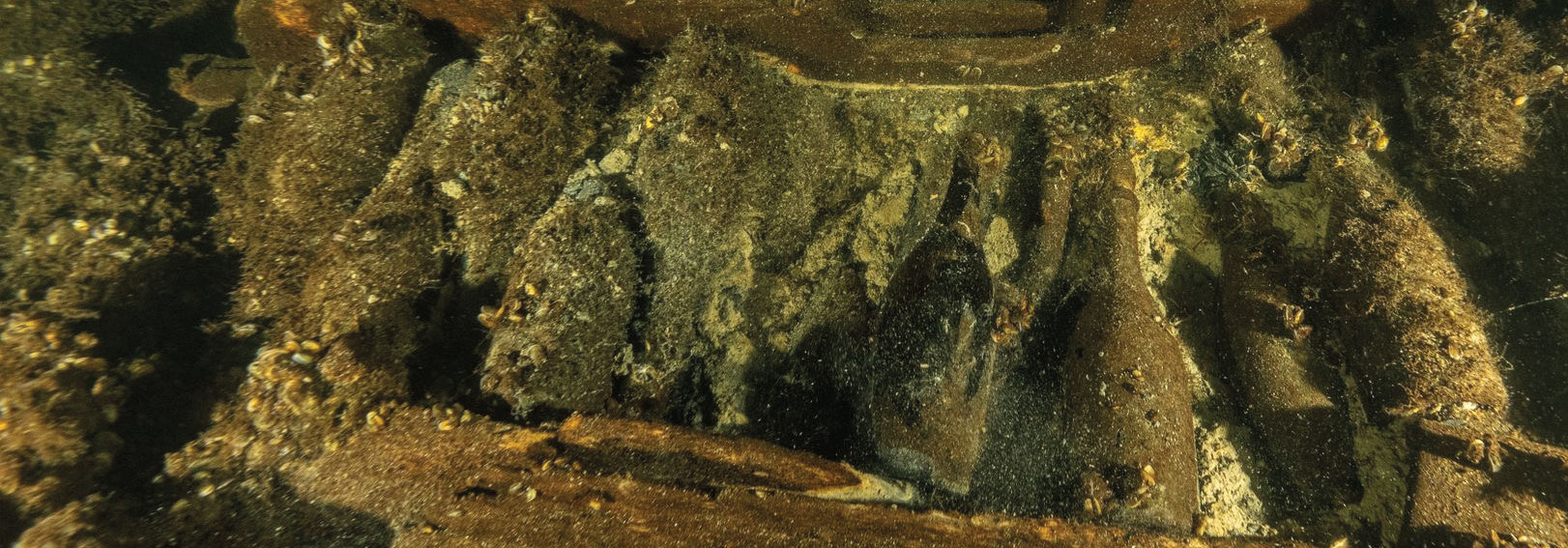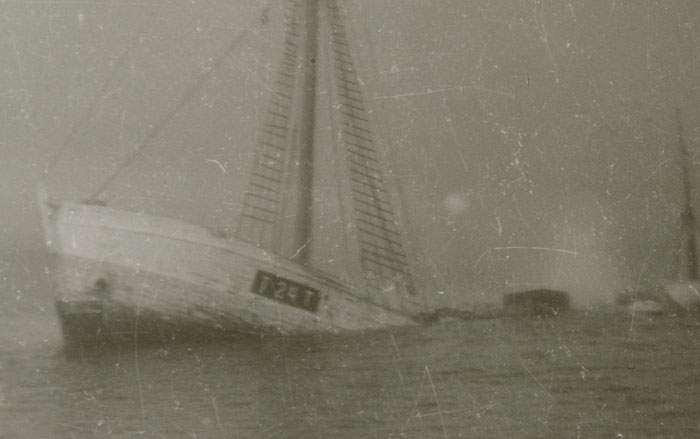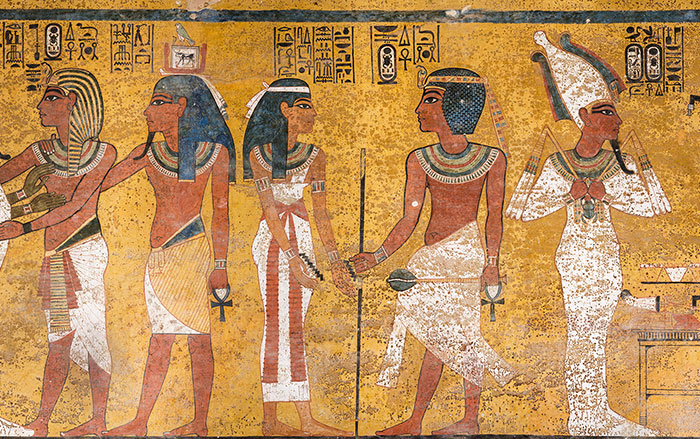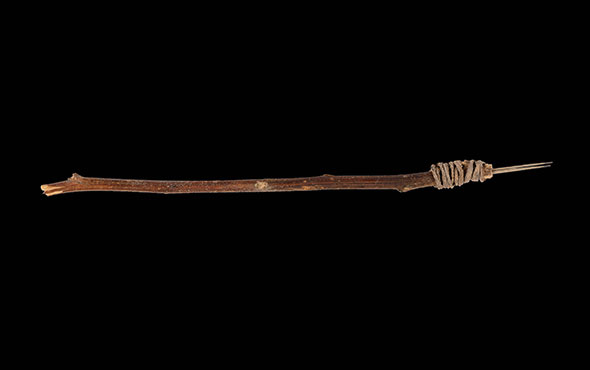
MONTREAL, CANADA—According to the CBC, scientists at the University of Montreal have confirmed that 21 sets of human remains recovered from a beach on Quebec’s Gaspé Peninsula belonged to Irish immigrants killed when Carricks of Whitehaven sank in 1847. The ship had been traveling from Sligo to the Port of Quebec when it sank, killing 132 passengers. The bones of three children who were between the ages of seven and 12 at the time of death washed up on the beach during a storm in 2011. The rest of the remains were discovered in a mass grave during an archaeological investigation conducted in 2016. Analysis of the bones showed the dead all suffered from diseases and malnutrition likely brought on by Ireland’s Great Famine. “The tragic events of the Carricks shipwreck are a startling reminder of just how difficult the journey was for the travelers and that not everybody was lucky enough to reach their new home,” said Diane Lebouthillier, member of Parliament for the Gaspésie-Les Îsles-de-la-Madeleine region. The bones will be reburied on the beach in Cap-des-Rosiers this summer. To read in-depth about two other vessels that sank in Canadian waters in the 1840s, go to "Franklin's Last Voyage."











